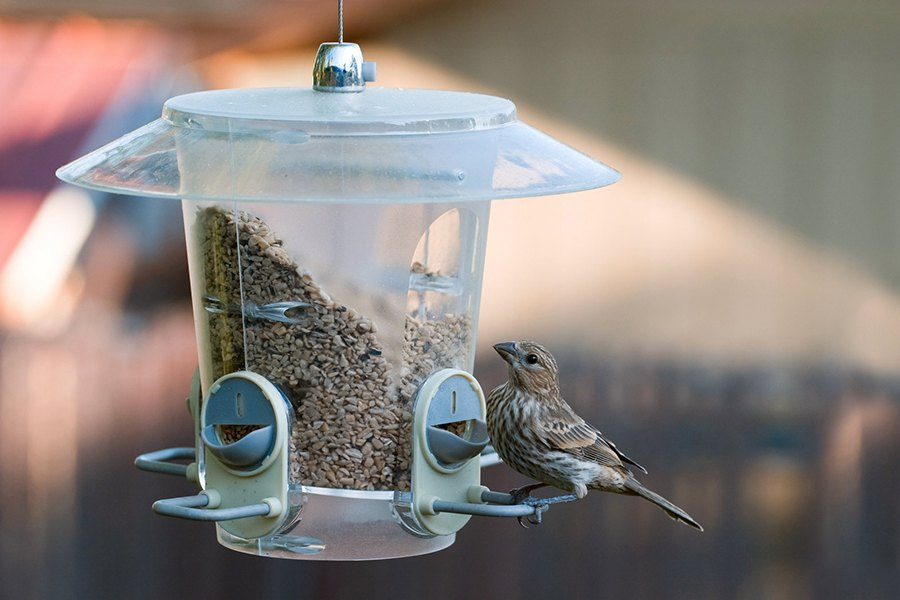Keeping Backyard Bird Baths and Feeders Healthy Through Winter
Clean, well-maintained bird feeders and baths become essential as winter settles over the Seacoast. With natural food and water sources limited, local birds rely on safe, sanitary backyard stations to survive the cold months. Dirty feeders can spread disease, and frozen bird baths offer no usable water, especially in coastal towns like Portsmouth, Rye, and Exeter. A simple winter cleaning routine helps protect your backyard birds and keeps your garden lively and healthy throughout the season.
Preparing Garden Beds for Snow Cover (Protect and enrich soil with compost, mulch, and cover crops)
Winter preparation is one of the most important steps you can take to protect your Seacoast garden. As freeze thaw cycles intensify in Zone 6b, soil structure, plant roots, and beneficial organisms can all suffer without proper care. By adding compost, applying mulch, and preparing beds before the first snowfall, gardeners in towns like Portsmouth, Rye, and Hampton can shield their soil from erosion and winter stress. A few thoughtful steps in late fall ensure your garden rests well through the cold months and wakes up healthier, stronger, and ready for spring.
Storing Seeds and Bulbs for Next Year How to keep your favorite varieties healthy, dry, and ready for next season
As fall settles in across the Seacoast, many gardeners begin gathering seeds and lifting tender bulbs with hopes of enjoying the same blooms and harvests next year. Proper storage is essential, especially in Zone 6b where humid summers, damp autumns, and freeze thaw cycles can quickly damage plant material. By harvesting at the right time, drying seeds well, and keeping bulbs in cool, protected spaces, you can preserve your favorite varieties for spring. A little care now ensures healthier germination, stronger blooms, and a garden that returns even better the following season.
November Soil Testing: Setting Up for Spring Success
Fall is the perfect time for Seacoast homeowners to understand what their soil truly needs. With plants slowing down and the ground still workable, gardeners in Portsmouth, Rye, and Exeter have an ideal window to take soil samples before winter sets in. Testing now removes the guesswork by revealing pH levels, nutrient deficiencies, and organic matter content, giving you months to plan smart amendments. A simple fall soil test sets the foundation for healthier planting, better growth, and a more vibrant garden when spring returns.
Protecting Outdoor Pots in Winter (Empty, store, or insulate to prevent cracking)
Winter on the Seacoast is as hard on garden containers as it is on plants. With constant freeze and thaw cycles in Zone 6b, pot materials expand, contract, and weaken, especially in coastal towns like Portsmouth, Rye, and North Hampton. Moisture, salty winds, and sudden temperature swings can cause even sturdy clay or ceramic pots to crack by spring. Preparing your containers before the first hard freeze protects both the pots you love and the plants you hope to grow next season.
Protecting Evergreens from Winter Burn: Tips for Seacoast Gardens
Coastal winters can be tough on evergreens. Between freezing winds, salt spray, and dry air, plants like boxwood, arborvitae, and holly often emerge from winter brown and brittle. Learn how to prevent winter burn in your Seacoast garden with simple steps like deep watering, mulching, burlap wraps, and anti-desiccant sprays — so your evergreens stay green and healthy from Portsmouth to Rye and beyond.





